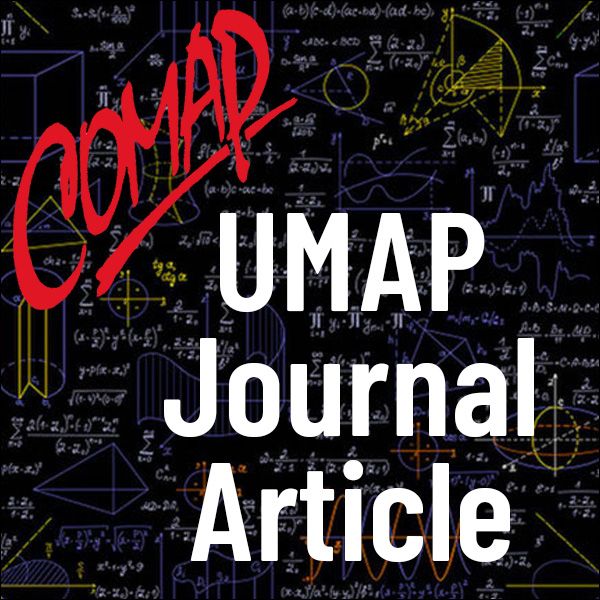Mr. Markov Plays Goose Solitaire
Author: Arjun Puri
Introduction
The Game of the Goose (hereafter simply "Goose") is an early modern board game, existing as early as 1463 [Seville 2019]. Goose is a race game similar to Chutes and Ladders, with landing on some positions sending a player forward or backward. We analyze the game using Markov chains, as Gadbois [1993] and Althoen et al. [1993] did for Chutes and Ladders and Gadbois's students Mack et al. [2014] did for Candy LandTM.
The game is a multi-player game based on chance alone; further, it is "memoryless," meaning that the probability of attaining a future state depends only on the current state.
There are some potential interactions between players (detailed under "Rules"), but we ignore or modify these to simplify the analysis. We find:
• the expected number of turns for a single player playing alone (solitaire mode) to finish the game from any position,
• the win probabilities for each of two independent non-interacting players,
• the probability that a player finishes within a given number of turns, and
• the expected number of turns by the winning player when there are multiple independent non-interacting players.

Mathematics Topics:
Application Areas:
You must have a Full Membership to download this resource.
If you're already a member, login here.